Hiking, Swiss guides and tea houses – what do they all have in common? Lake Louise, of course! There are two historic tea house hikes that you can do in Alberta’s Banff National Park – and both start at the beautiful blue waters of Lake Louise. Sit back with a cup of tea and read on for the inside scoop on the who, what, where, when and why of these classic climbs.
Disclosure: This post contains Affiliate links.
Table of Contents
History of a Park
The Canadian Pacific Railway (CPR) was up and running across the country in November of 1885. That same year, the Canadian government created a reserve to protect the Cave and Basin Hot Springs in Banff. The reserve increased in size in 1887 to become Canada’s first national park – one of only three national parks in the world at the time. Originally named the Rocky Mountains Park of Canada, the boundaries shifted over the next forty years or so before the lines were permanently drawn in ink and the name becomes Banff National Park.
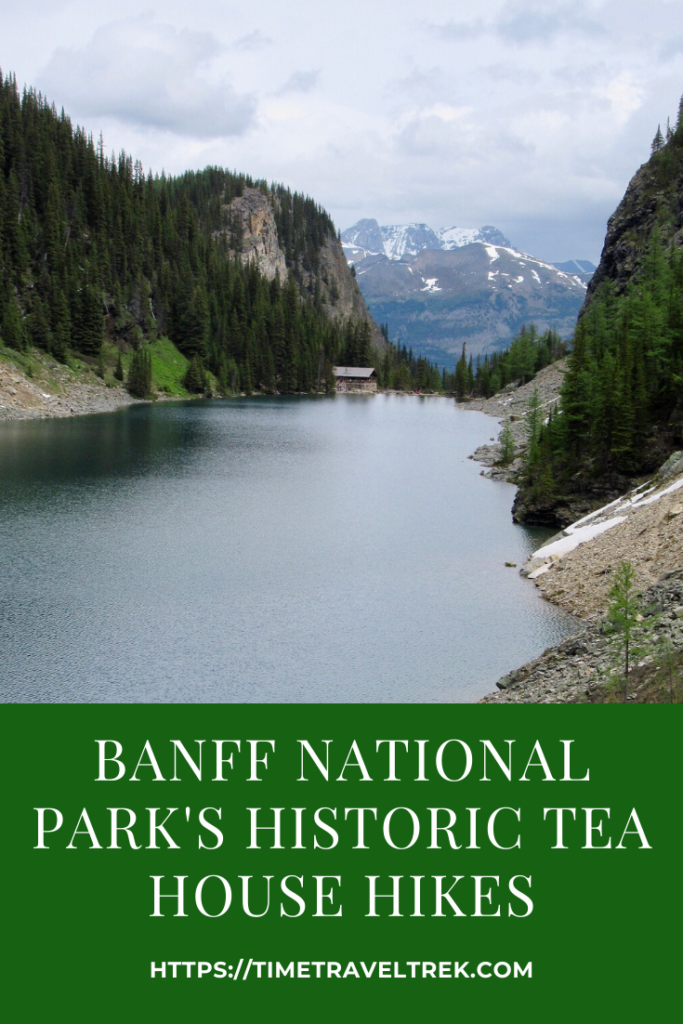
The Growth of Tourism in Lake Louise
In 1882, Tom Wilson was working for the CPR. He heard an avalanche in the distance and rode out on horseback with Stoney First Nations guide to check it out. That’s when he saw the beautiful blue-green lake. Wilson’s group called it Emerald Lake. Lake Louise it actually the third name given to this majestic body of water. It was first called “Lake of the Little Fishes” by the Stoney people. The official English name became Lake Louise after Princess Louise Caroline Alberta – daughter of Queen Victoria – in 1884.
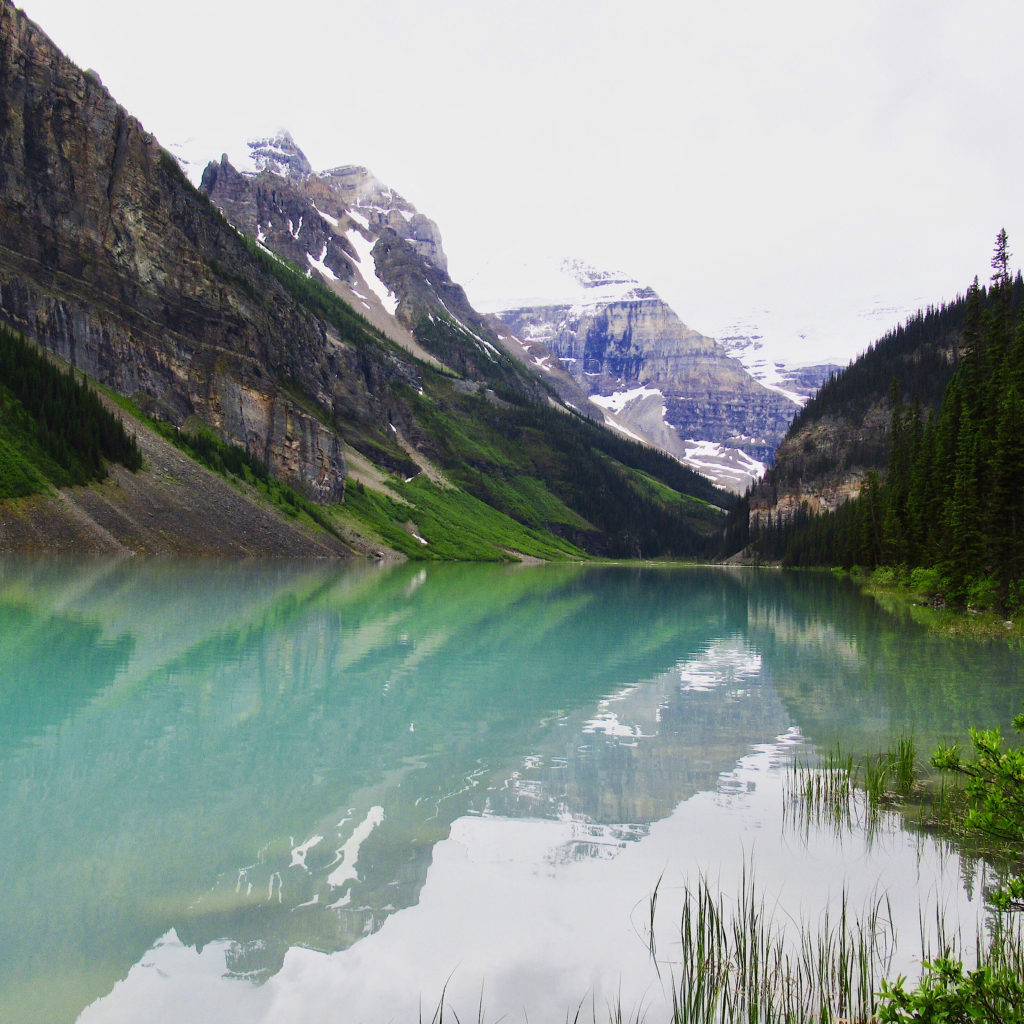
Cornelius Van Horne was the general manager of the Canadian Pacific Railway. He was also a man of vision and he saw the tourism potential of this sparkling jewel in the Canadian Rockies. Van Horne is famous for saying: “Since we can’t export the scenery, we shall import the tourists.” In 1890, Van Horne commissioned the construction of a log cabin on the shores of Lake Louise. “Chalet Lake Louise” hosted tourists from the railway and the nearby Banff Springs Hotel.
In 1900, the CPR commissioned architect Francis Rattenbury to start redeveloping Chalet Lake Louise in the Tudor Revival-style of architecture. In 1924, a fire destroyed much of the chalet. Another architect was hired, and the hotel was redeveloped in the Renaissance Revival style. The Chalet became “Chateau Lake Louise” some two years later. Luxurious accommodations are now found in the heart of the Rockies.
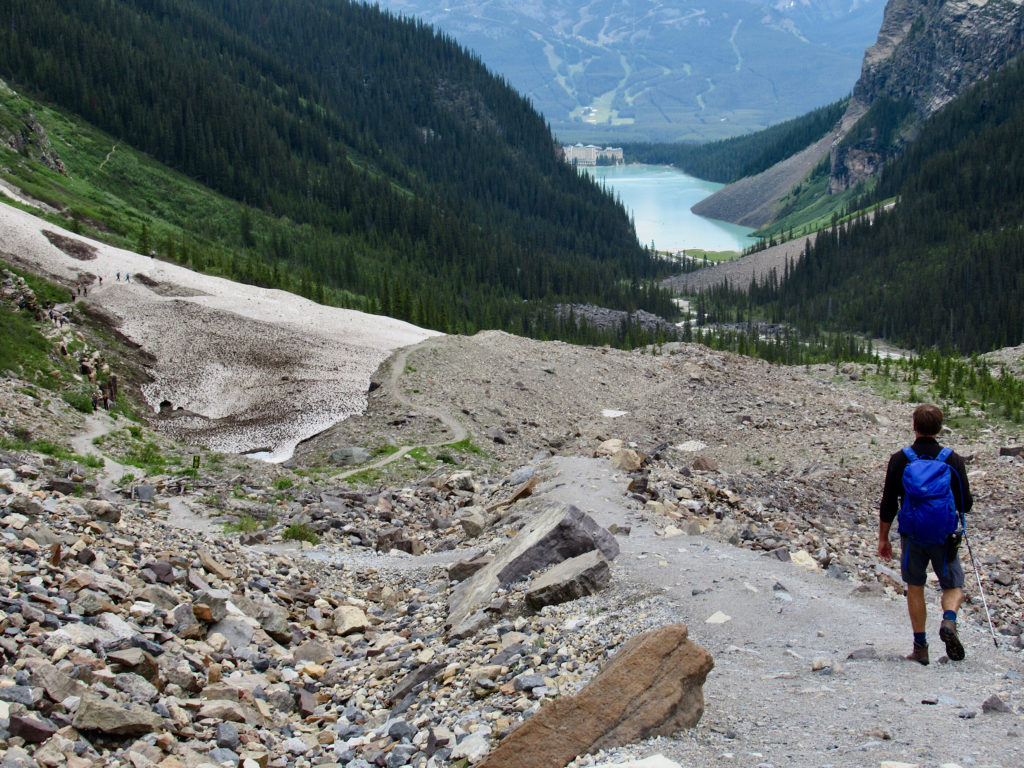
Introducing the Swiss Guides
Phillip Stanley Abbot was one of the first recorded North American mountaineering fatalities. He died in 1896 while attempting to summit Mount Lefroy above Lake Louise. After this tragedy, the first professional Swiss mountain guide, Peter Sarbach, was hired by the American Appalachian Mountain Club. He led the first ascent of Mt. Victoria in 1897 and two days later successfully led a group to the summit of Mt. Lefroy.
The CPR took notice and in 1899 guides Christian Haesler, Sr. and Eduard Feuz, Sr. signed contracts and came over from Interlaken, Switzerland. Their families followed. A second generation of guides included Edward, Ernst and Walter Fuez and Christian Haesler, Jr – among others. By 1911, over 50 first ascents on peaks over 3000 metres were made with Swiss guides. Between 1899 and 1954 approximately 35 Swiss guides were employed by the CPR to lead tourists into the mountains.
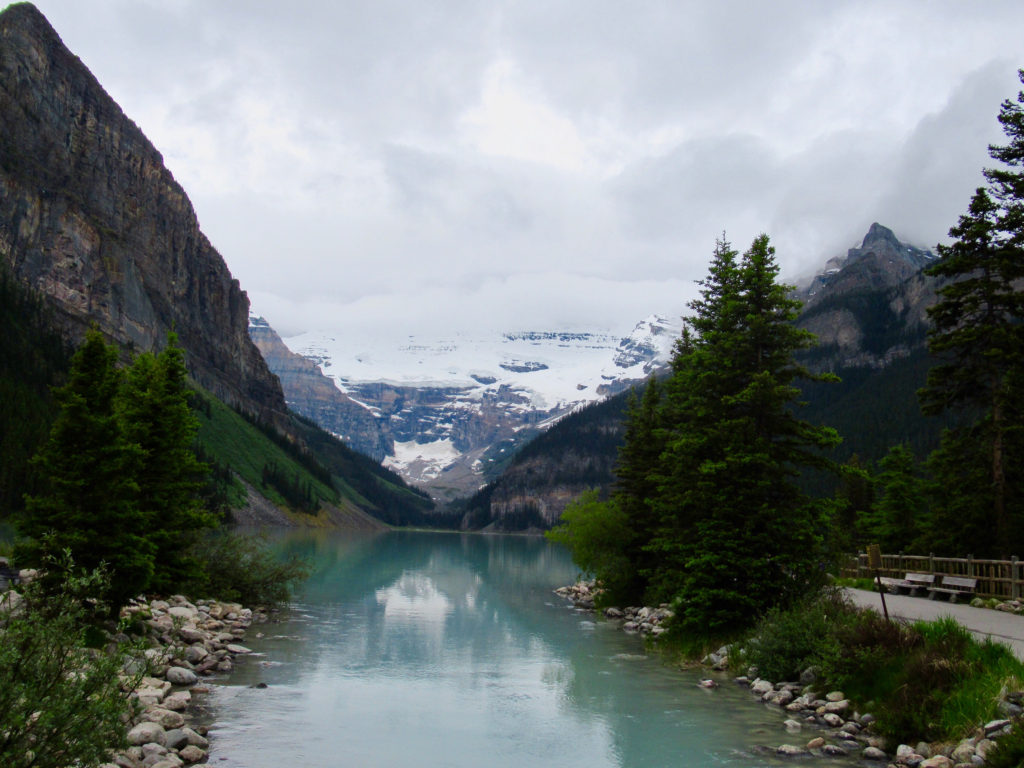
So Where Does the Tea Come In?
Lake Agnes refuge was originally built for hikers by the CPR in 1901. In 1905, they started serving tea for day tourists taking guided horse trips from Chateau Lake Louise. Abbot Pass Hut was built as an alpine refuge by Swiss guides for mountaineers attempting to climb Mt. Victoria and Mt. Lefroy in 1922. Two years later, Edward Fuez suggested that a tea house at Plain of Six Glaciers would make a good resting spot for mountaineers on their way to Abbot Pass Hut. The tea house was built and tea house hikes take off.
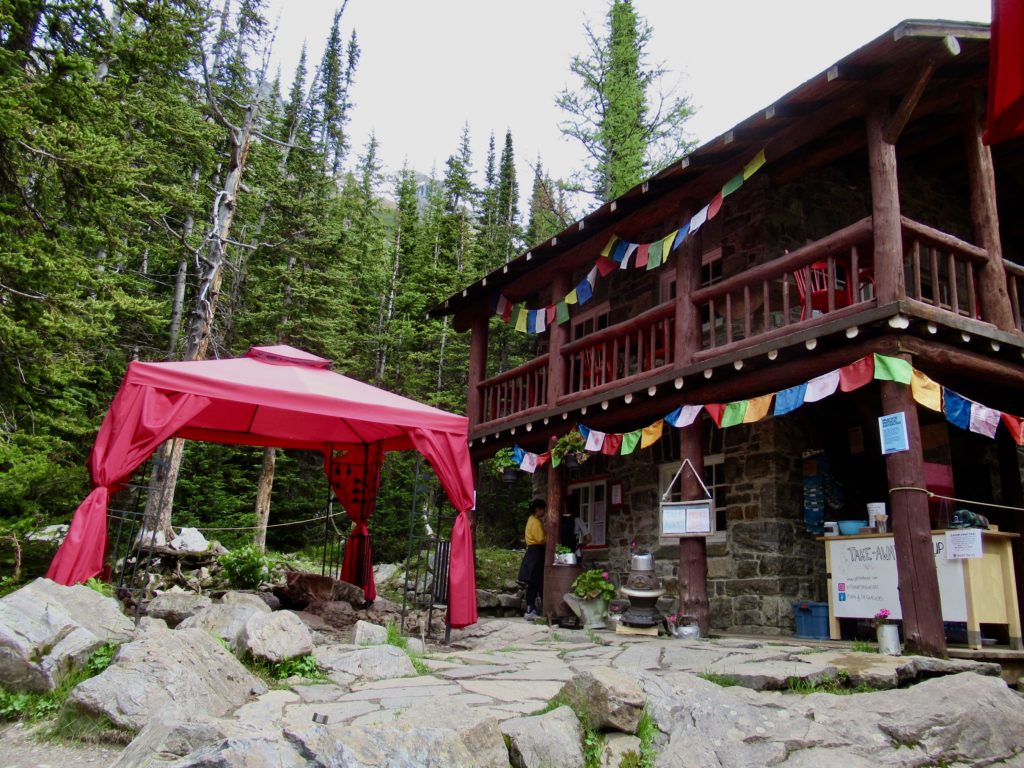
Tea House Hikes Today
Decades later, we still have the opportunity to wander up above the beautiful blue waters of Lake Louise, huff and puff a little, and climb up for a cup of tea at Lake Agnes and Plain of Six Glaciers.
Lake Agnes Tea House Hike
This short but steadily uphill trail zigzags from shores of Lake Louise just over 3.4 km through subalpine forest, flattening out at Mirror Lake for a little rest before topping out at the lake named for the wife of Canada’s first Prime Minister, Lady Agnes Macdonald. The original log building of the Lake Agnes Tea House was replaced in the 1980s, but the spirit remains. You can feel it when walk in the footsteps of past tourists along the well-beaten path.
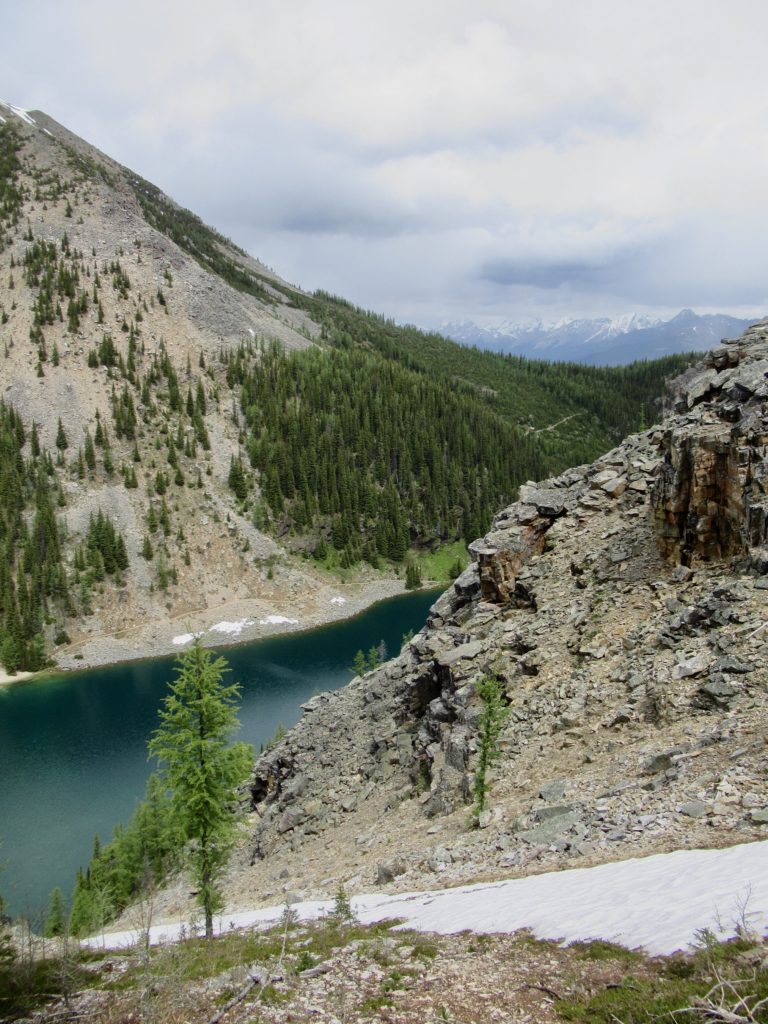
Hiking to Plain of Six Glaciers Tea House
Walking to end of Lake Louise, the trail continues for a total of 5.3 km up to the Plain of Six Glaciers Tea House. It winds up through the forest and opens up to staggering views of glaciers, waterfalls, peaks and moraines – a.k.a piles of rocks left behind from retreating glaciers. Keep a lookout for mountain goats on the rocky bluffs overhead.
Hit the High Line for Both Tea Houses
You can take a shorter stroll up to Lake Agnes or wander a little further to Plain of Six Glaciers or… well… you can do as we like to do and hit the High Line for both! Early in July, we headed up to Plain of Six Glaciers and savoured a bowl of vegetable soup with homemade bread along with peppermint tea and masala chai from the Banff Tea Company. There’s something eternally soothing in the act of sipping tea in this historic setting after a hike. I love actively discovering the past.
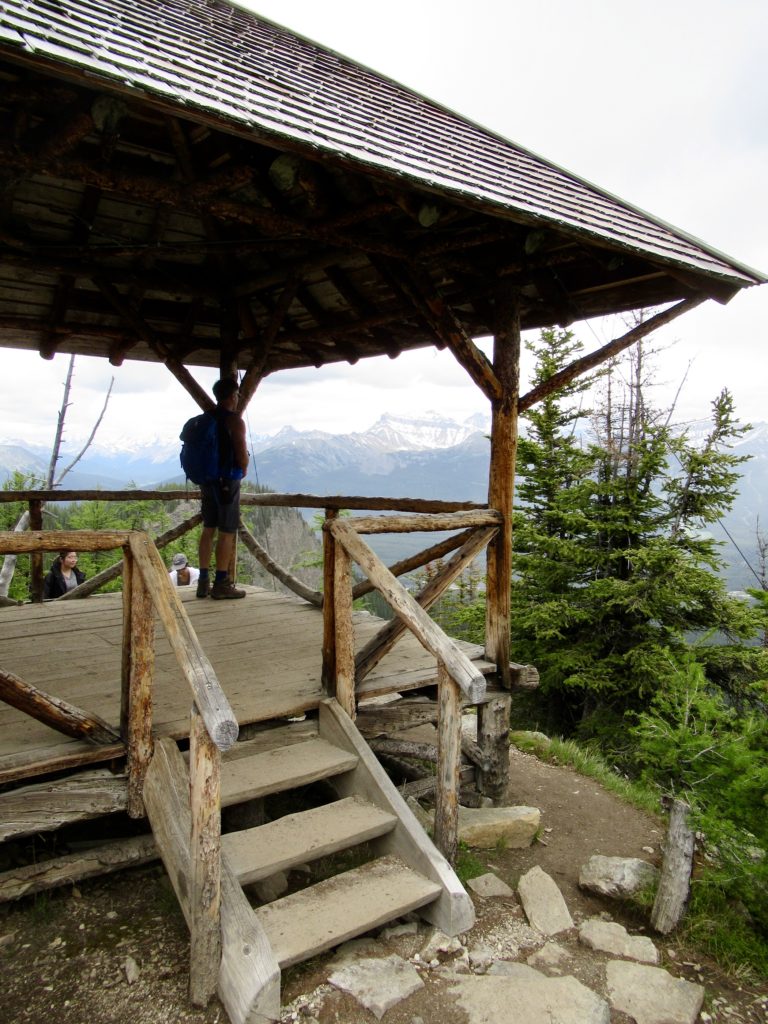
Heading down, we left the Plain of Six Glacier trail for the High Line and climbed up to Big Beehive – warning, the last 1.3 km is up and up and up – before heading down to Lake Agnes. The total loop is 14.6 km and makes for a perfect day in the Canadian Rockies.
Covid-19 and Summer 2020
These are strange times, but the tea houses are open for business. While tea house hikes are open for business, groups must follow restrictions such as physical distancing. Staff wear masks. Hand sanitizer is readily available. Tea is served in disposable cups. Visitors carry out all garbage in order to limit risk for staff.
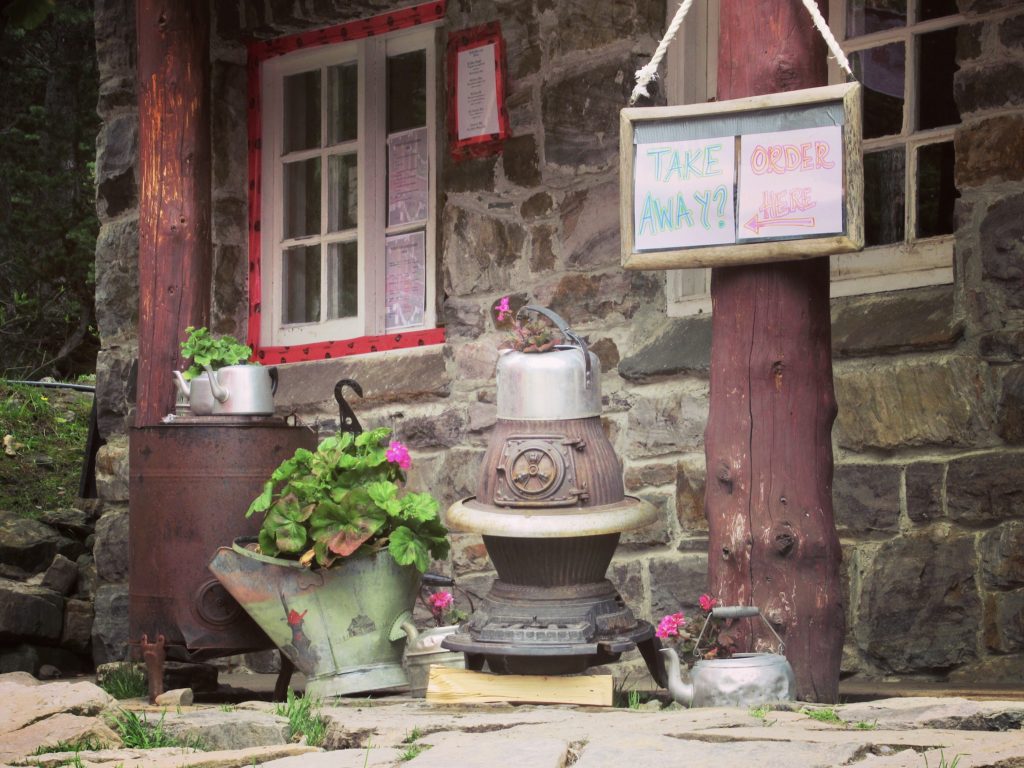
Silver Summer Lining
There’s an extra bonus – with Covid-19 influencing travel, visitation is down. Normally the parking lots fill fast. Shuttles carry visitors from the overflow parking lot off the TransCanada Highway. During peak periods, the wait time for shuttles to Lake Louise can take upwards of two hours. This summer, we arrived in early July at 9:30 a.m. The lower parking lot was only half full! By the time we left at 3:00 p.m., everything was full. Note: Shuttles are not running this summer.
Would you hike for tea and the chance to soak in the stories of the past? Let us know in comments below.





Love the article. Very well written and super informative. I have lived in lake Louise for 5 years and learned so much from your article. Thanks.
Appreciate your comments, Tess!